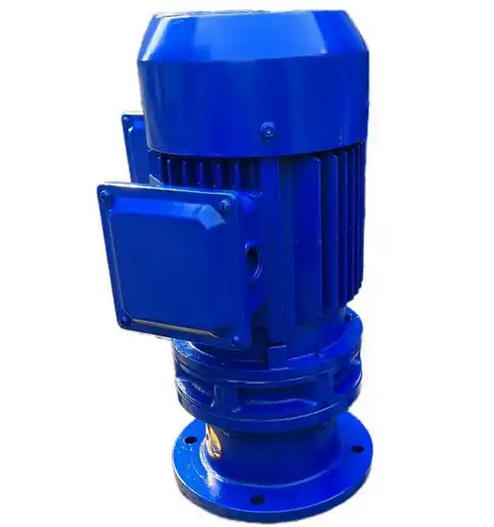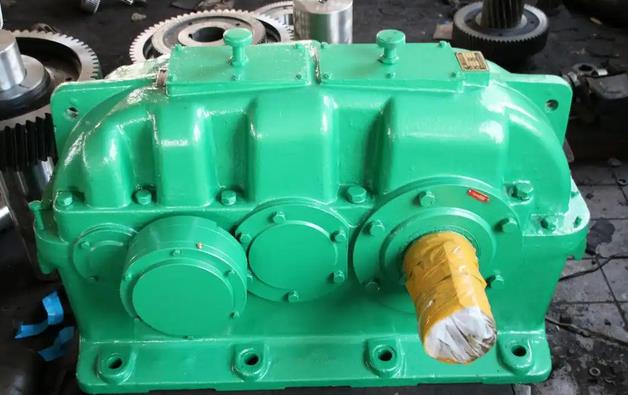Crack repair method for XLD8205-59-11KW cycloidal pinwheel reducer
Cracks in the XLD8205-59-11KW cycloidal pinwheel reducer often occur in key parts such as the housing, cycloidal gear, and output shaft. The repair method needs to be selected based on the crack location, length, depth, and component material. The following are various professional repair solutions suitable for this model of gearbox, as follows:Welding repair method
This method is suitable for medium to long cracks in load-bearing parts such as shells (cast iron/cast steel materials) and cycloidal gears. After repair, the strength is close to that of the base material, making it a widely used traditional solution. The specific steps are as follows: first, use an angle grinder to make a 60 ° V-shaped groove along the crack, with a depth of 2/3 of the wall thickness. If it is a penetrating crack, a double V-shaped groove should be made, and crack stopping holes should be drilled at both ends of the crack to prevent expansion; Preheat the cast iron components to 300-350 ℃ to relieve stress. If the cycloidal gear is made of GCr15 material, A307 stainless steel welding rod can be used and baked at 350 ℃ for 2 hours before welding; During welding, control the current to 90-100A and voltage to 20-22V, using multi-layer and multi pass welding with interlayer temperature not exceeding 180 ℃; After welding, keep warm and cool to room temperature, then perform penetration testing to check the welding quality, and finally process and adjust to the original size.
Polymer composite material repair method

Suitable for surface cracks on shells and cracks in non core load-bearing areas, especially for thin-walled parts that are difficult to weld. It is easy to operate and can avoid thermal deformation. The operation process is as follows: Use a polishing machine to polish a V-shaped groove along the crack, drill crack stopping holes at both ends of the crack, polish the metal color around the crack, and then thoroughly clean the oil and impurities with anhydrous ethanol; Mix metal repair materials such as Fushilan 2211F in proportion until there is no significant color difference; First, apply a thin layer of material to ensure a tight bond with the metal, then fill the V-shaped groove, attach carbon fiber reinforcement tape and press the exhaust tightly, and finally apply the material as a whole to cover the reinforcement tape; Cure at room temperature for 12 hours, and after curing is complete, remove excess material to meet the surface accuracy requirements of the component.
Cold inlaid steel sleeve reinforcement method
Regarding the annular cracks in the output shaft bearing position, housing bearing seat, and other parts, the load-bearing capacity is strengthened through steel sleeves, resulting in high stability after repair. The specific method is to precisely measure the inner diameter, length and other dimensions of the crack area, and process a reinforced steel sleeve with an interference fit of 0.03-0.05mm; Cool the steel sleeve in liquid nitrogen to -196 ℃, use low-temperature shrinkage to achieve cold assembly, and quickly embed it into the crack area; After assembly, fix the steel sleeve with anti cracking pins to prevent displacement during operation. This solution can greatly improve the wear resistance and crack resistance of the bearing seat, and extend the service life of the components.




